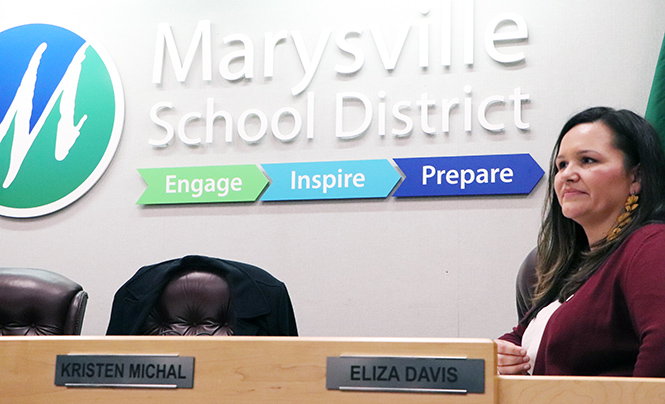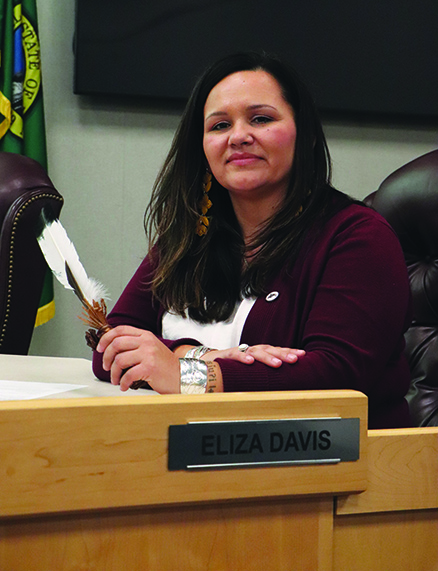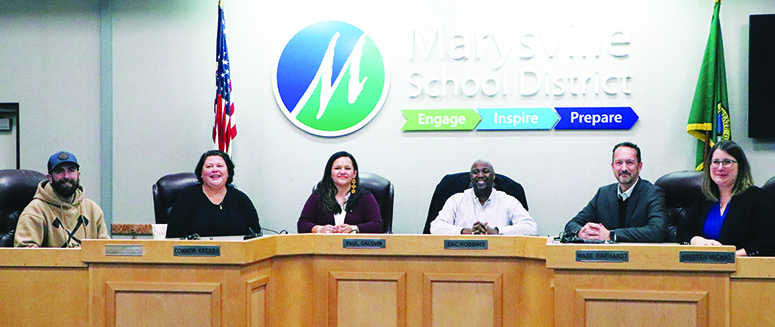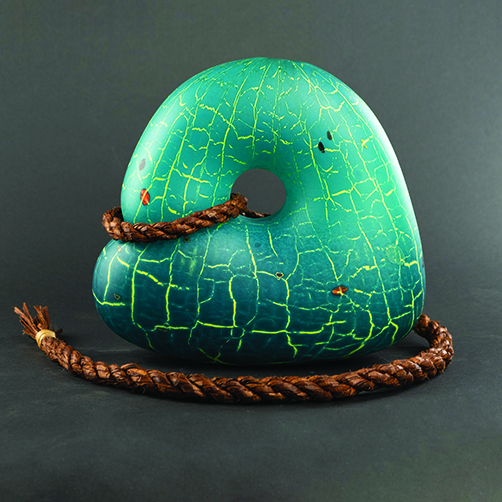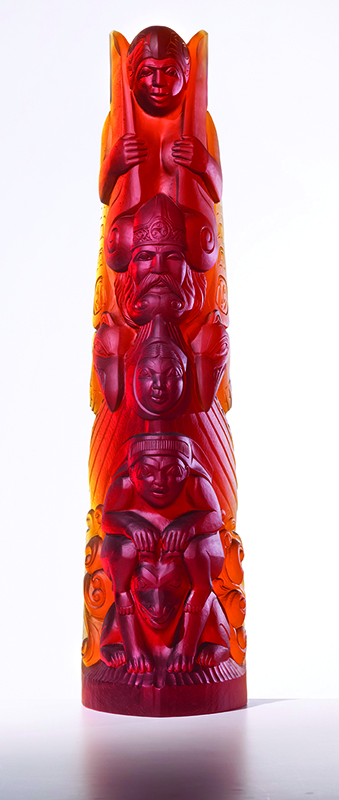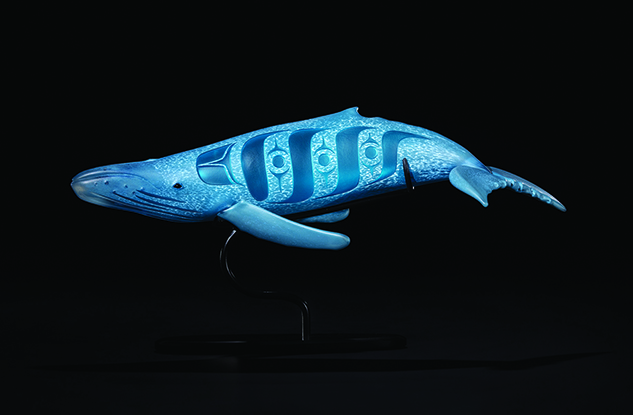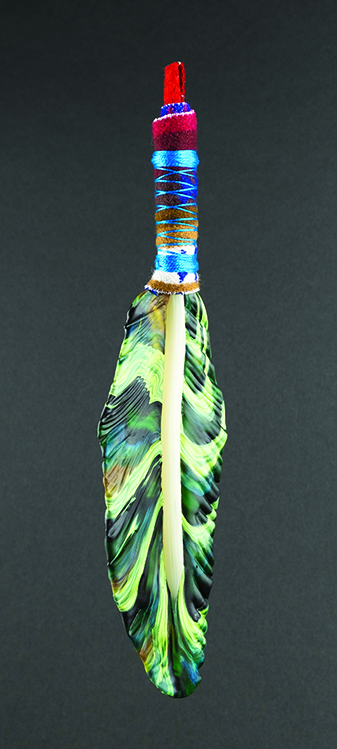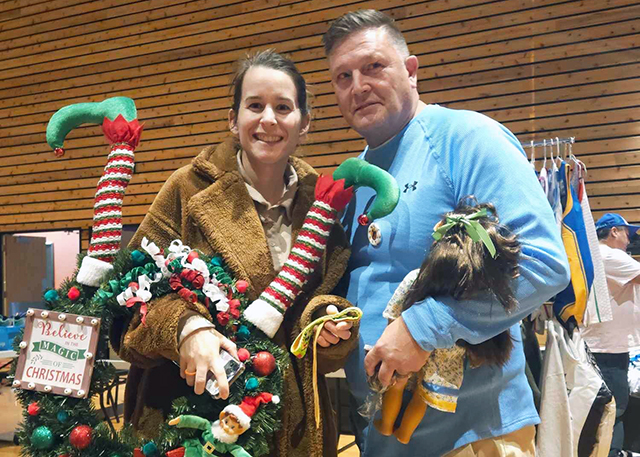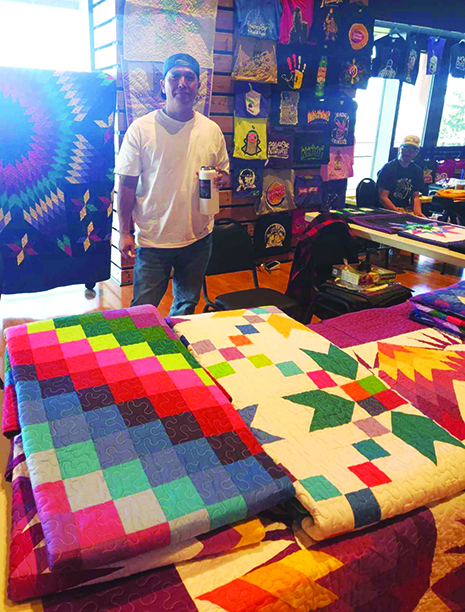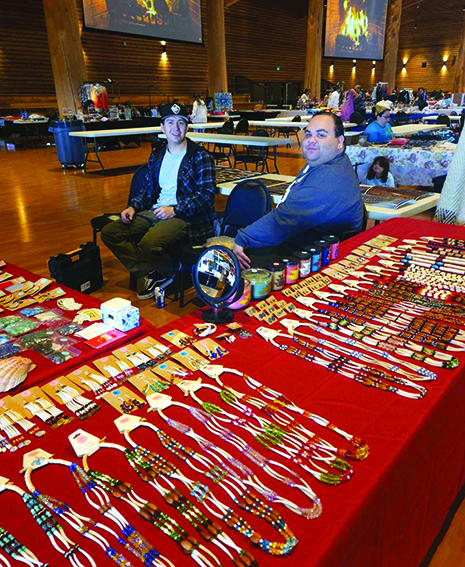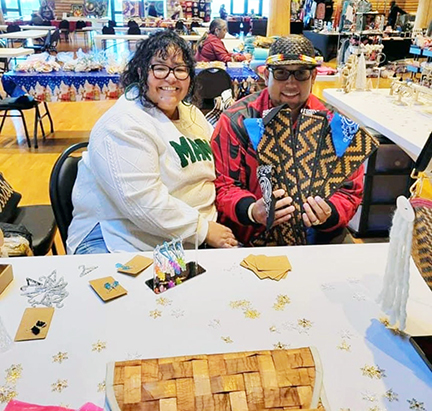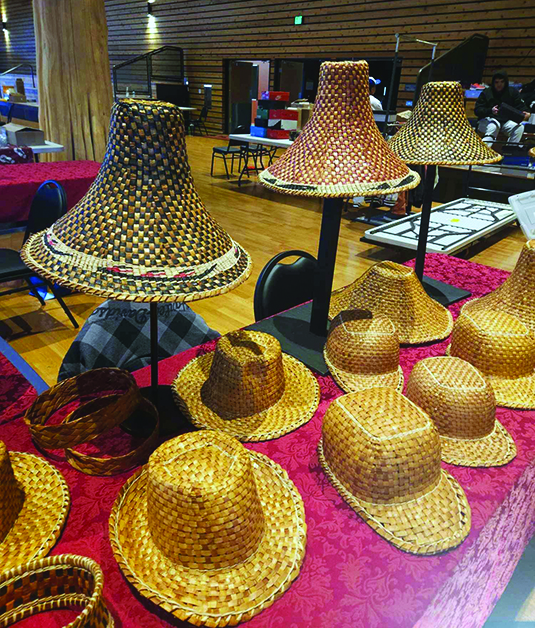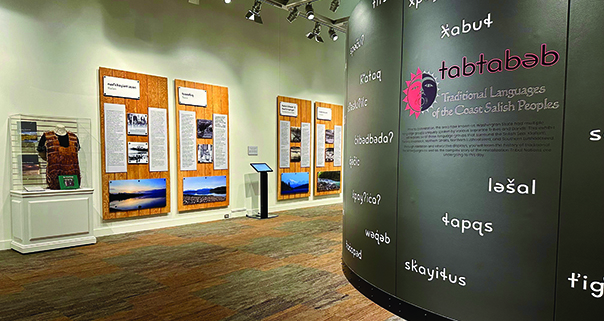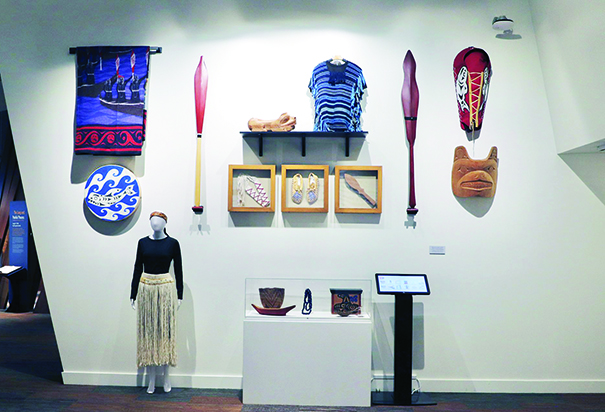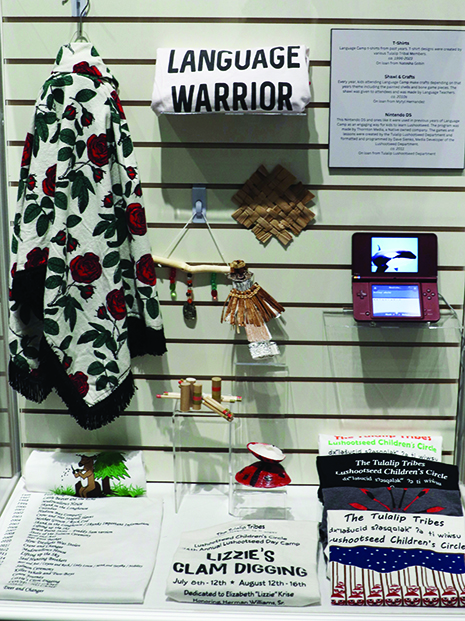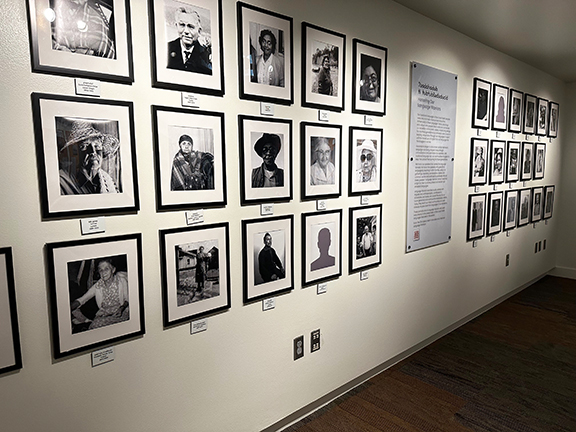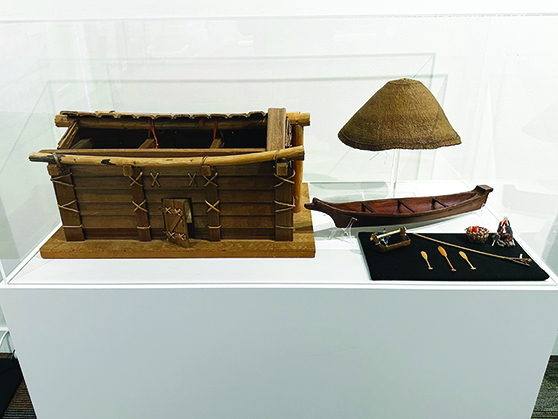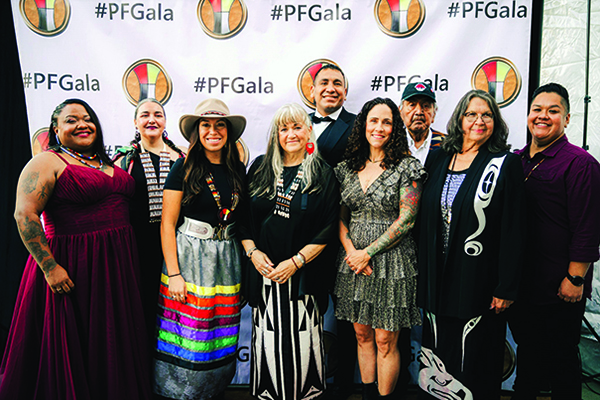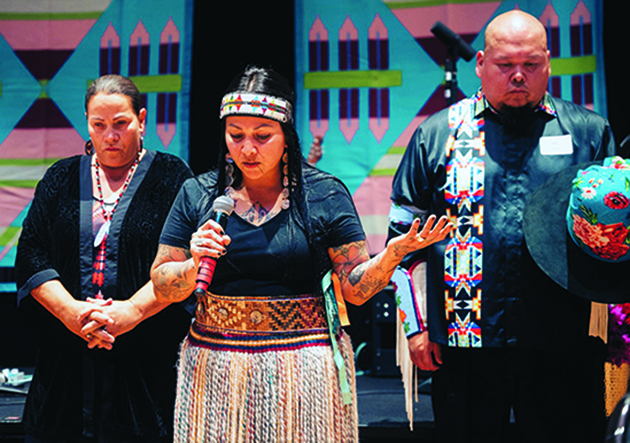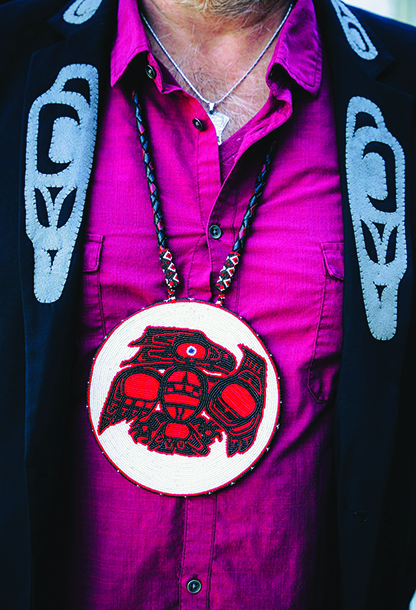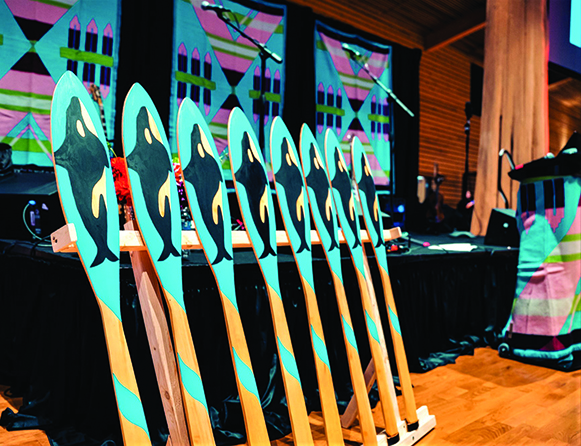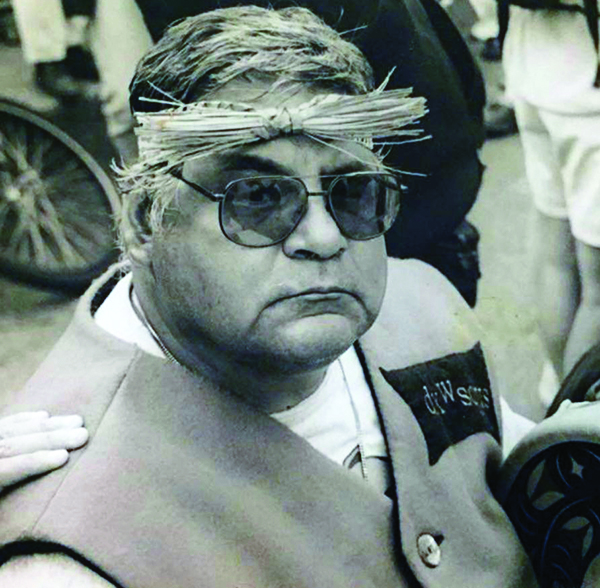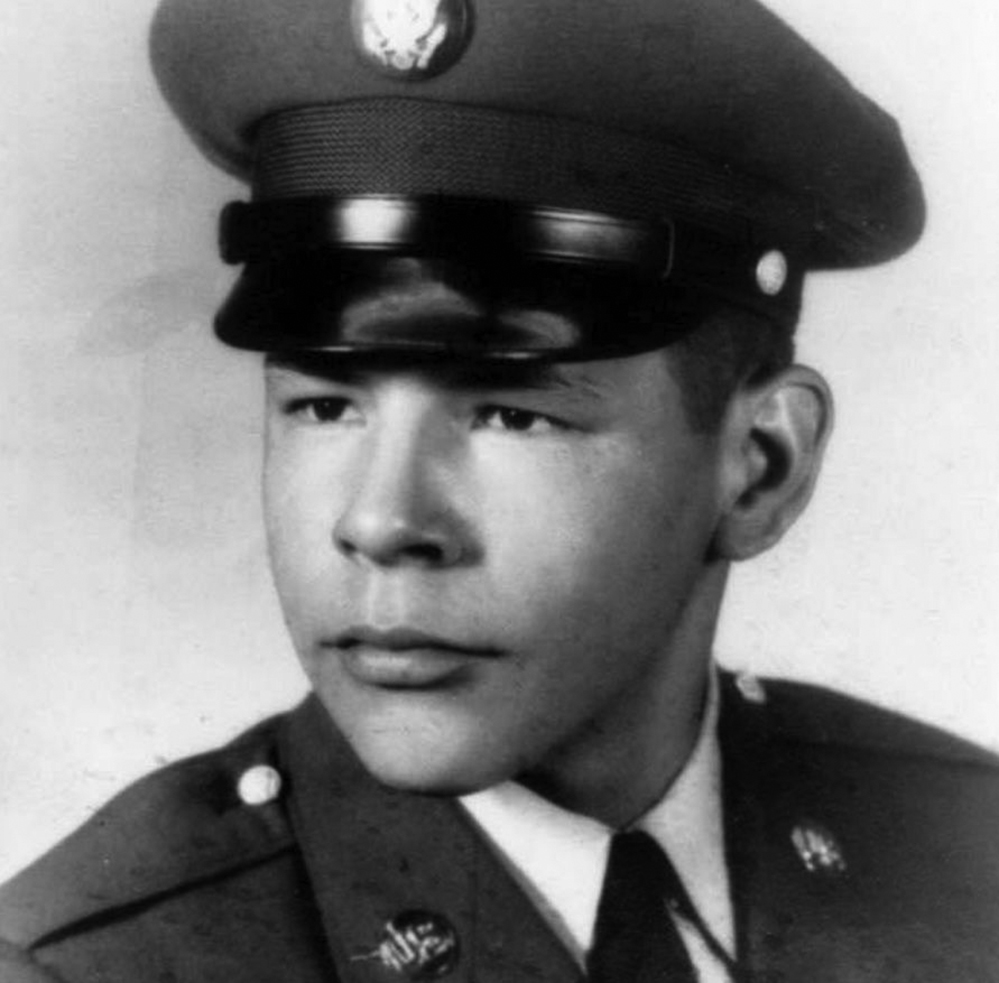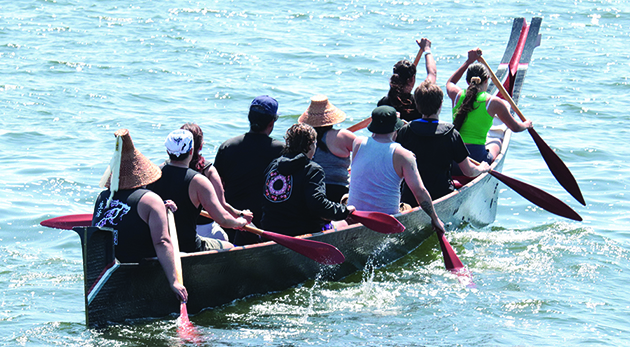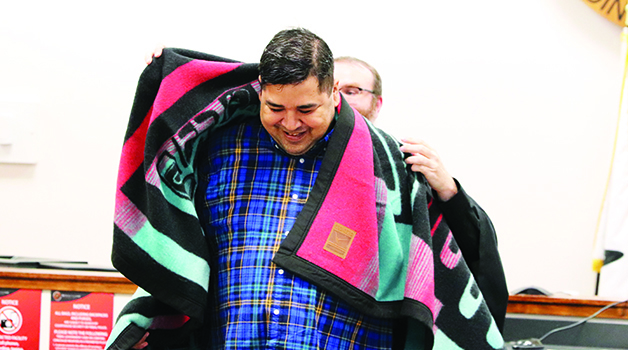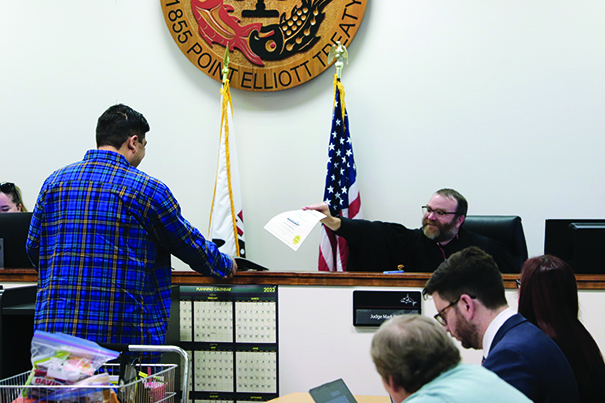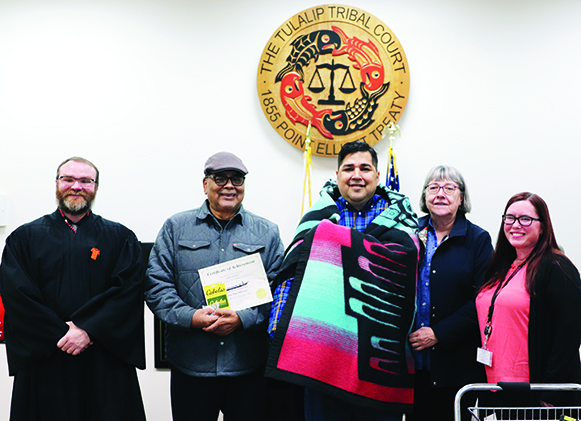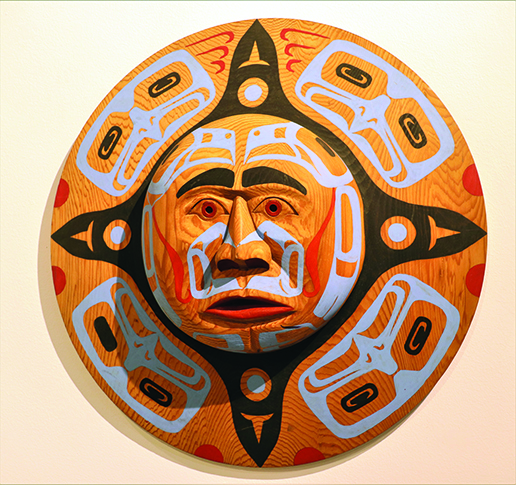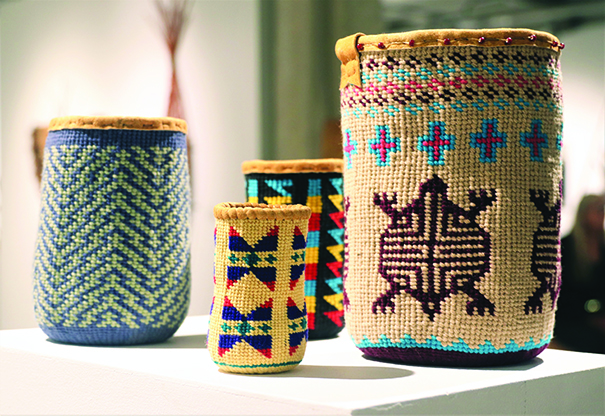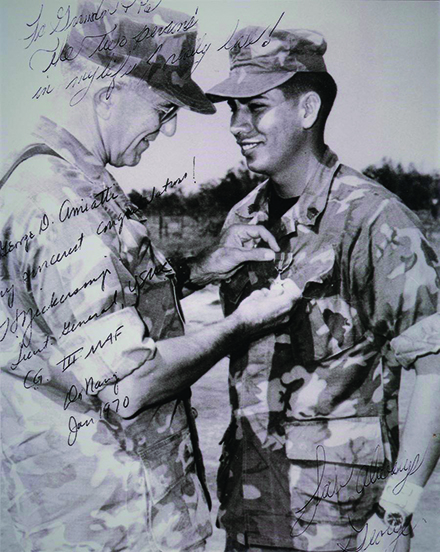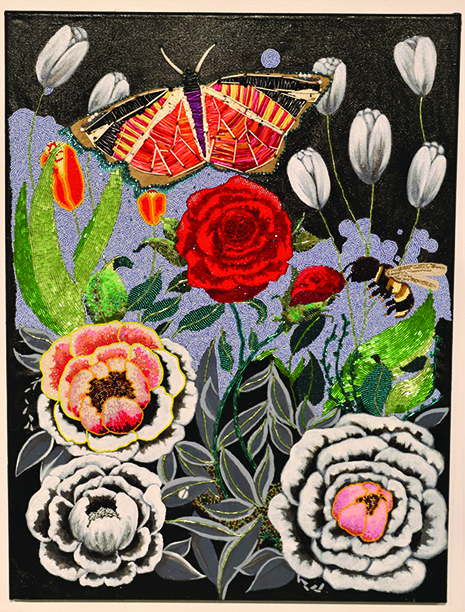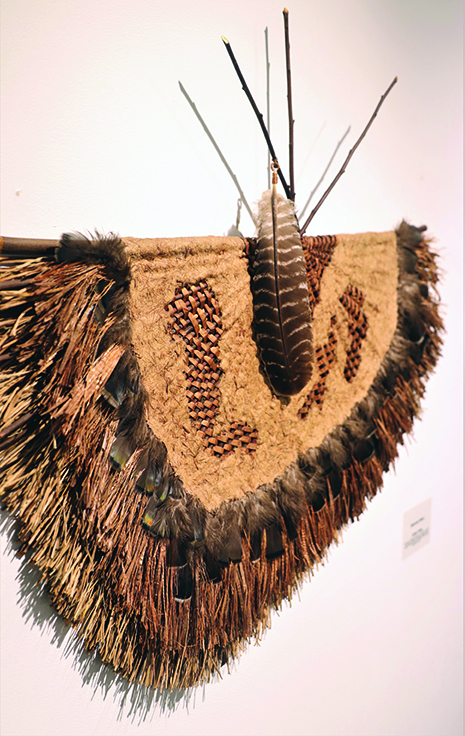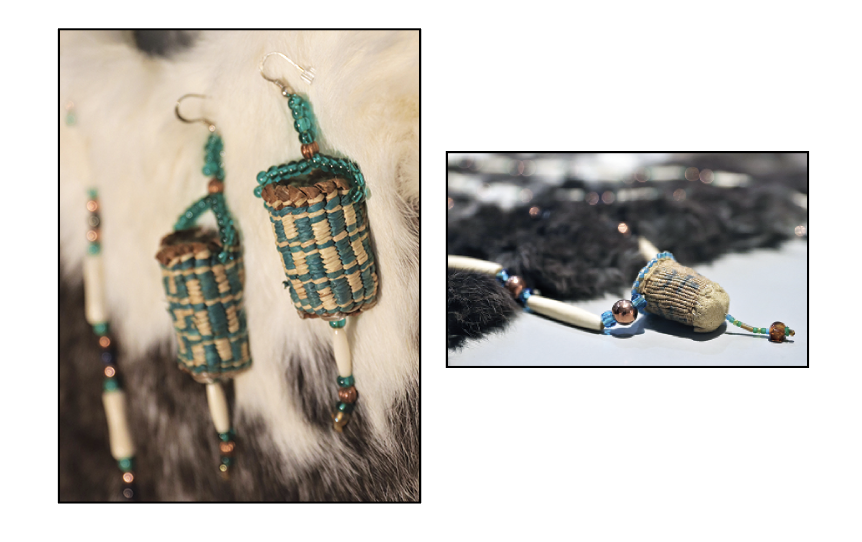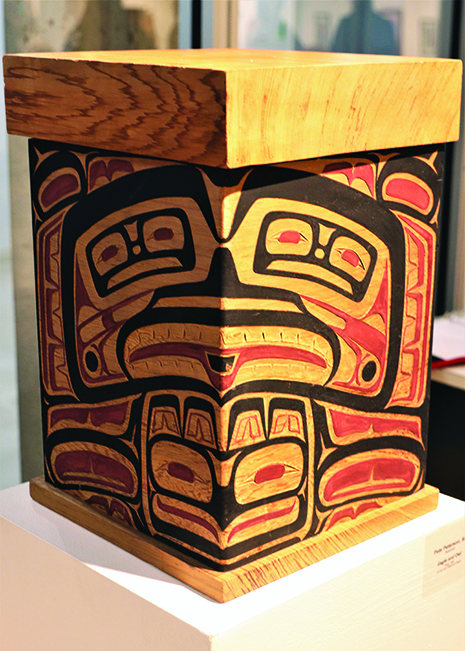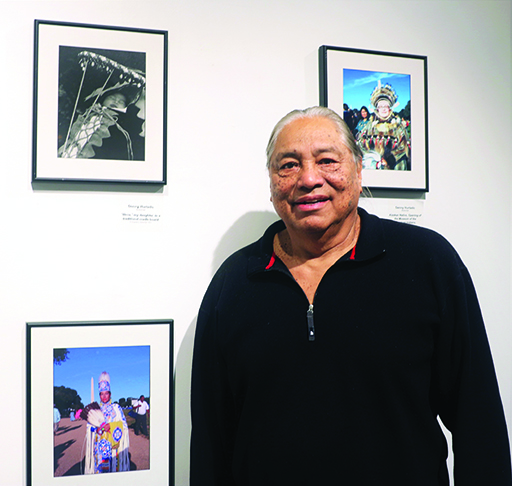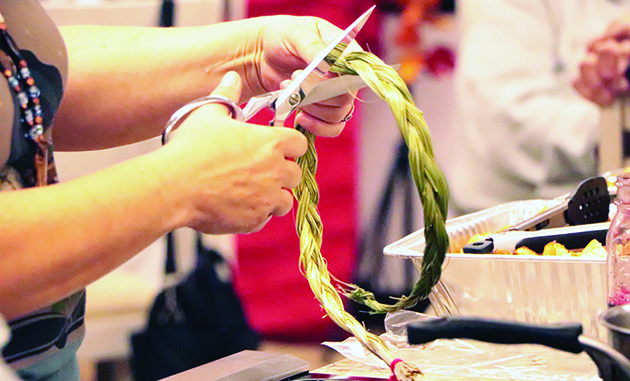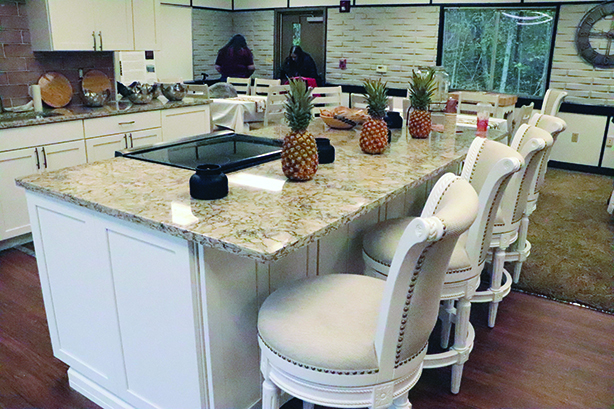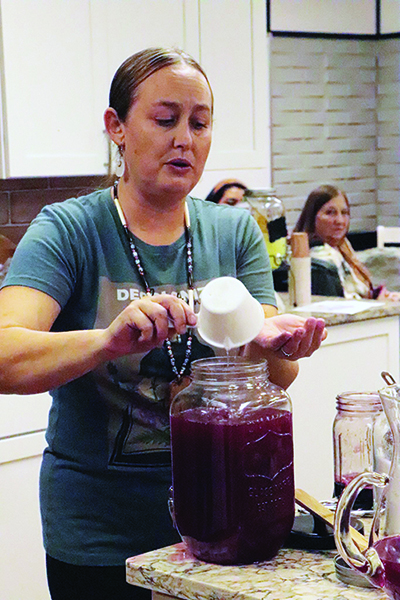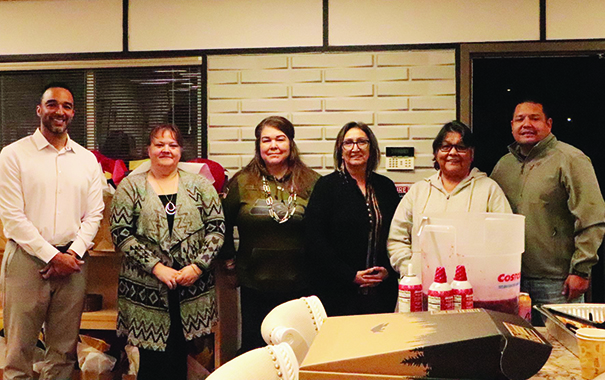
By Kalvin Valdillez
At a recent Tulalip Board of Directors meeting, the Board officially made an amendment to the Tribe’s code of law, upgrading drug distribution from a misdemeanor to a felony. This process has been in motion for the better half of the past year and comes on the heels of the Tribe’s state of emergency declaration as the fentanyl crisis continues to plague and bring heartbreak to the tribal community.
On a national level, there were over 106,000 drug related deaths in 2021 according to the latest research by the National Institute on Drug Abuse (NIH). Over 70,000 of those deaths can be attributed to overdose of synthetic opioids, namely fentanyl, which doubled from 2020. A provisional study by the CDC, released this past June, shows that more than 2/3 of the 107,081 drug overdose deaths reported in 2022 involved illicitly manufactured fentanyl pills.
Native communities have been hit the hardest by the opioid epidemic and unfortunately there are some staggering statistics to prove this. Last year, the CDC reported that the American Indian and Alaska Native population had the highest drug overdose death rates in both 2020 and 2021, at rates of 42.5 and 56.6 deaths per 100,000 persons. And data compiled by the Washington State Department of Health shows that there were over 120 AI/AN opioid overdose deaths per 100,000 population statewide in 2022, as opposed to approximately 30 deaths per 100,000 for non-Natives.
We are in the midst of a fentanyl crisis and every day more and more Tulalip families are affected by the epidemic. It’s hard to overlook the fact that this is a huge problem in Native America and it’s taking our relatives by the dozens.
This next piece of information that we are sharing is not meant to discredit the lives of these individuals or their families, nor is it meant to reduce their existence to a number. Rather, we hope it helps raise awareness about the growing fentanyl issue on the reservation. Since 2017, there have been 63 deaths by drug overdose at Tulalip. 63 lives cut short due to drugs that are brought onto the reservation and are being distributed to tribal members at an all-time high.
With the new amendment, the Tribe’s aim is to make drugs like methamphetamine, heroin, and fentanyl harder to obtain and riskier to distribute. Up until this point, drug dealers only faced up to a year in prison if caught with intent to sell. Now, the Tribe’s court system is able to ration out harsher sanctions to drug dealers, such as lengthy prison sentences, starting at three years and depending on their case. Additionally, the amendment addresses how much fentanyl is considered as ‘intent to sell’ in both pill and powder forms. And it also enables the court to hold booked dealers without bail until they are scheduled to appear before a judge.
The code amendment was a collaboration between the Tribe’s Treaty Rights Office, Tulalip Tribal Court, and the Tulalip Police Department. Over the past year, you may have noticed that TPD has been sharing media releases after each of their major drug busts. Thousands of fentanyl pills have been recovered after TPD established a drug task force, however, because their crime was classified as a misdemeanor, those offenders were able to quickly post bail. And in some cases, after their release, they went right back to distributing to the Tulalip community.
We were unable to connect with Tulalip Chief of Police, Chris Sutter, at the time of this article, however, he has been leading a team dedicated to getting drugs off the rez, which has resulted in multiple arrests and the confiscation of innumerable harmful drugs and weapons. We can only expect that TPD will continue their investigations and subsequent drug busts, with a bit of relief, knowing that those major dealers will now be off the streets for a longer period of time.
“Drug dealing is proved in one of two ways,” said Tulalip Prosecutor, Brian Kilgore. “There’s possession with intent to distribute, or there’s actual distribution, that’s one way. And way two is, if there’s enough volume that you have per se drug dealing. Which is to say anybody with ‘x’ amount of drugs, it’s more than personal use, so we expect it’s being used for sale. We have per se for methamphetamine and heroin, but the drug code was written before fentanyl was a thing, at least on the streets, so there were no per se amounts for fentanyl. And that’s honestly all we see today. I cannot tell you the last time I saw heroin in a police report, it’s been months. The Board settled on 50 pills or six grams of powder. This is important because it’s going to allow us to bring the appropriate level of accountability to the people who are selling the poison that is responsible for deaths out here.”
Though they now have the option to send drug dealers to prison, Brian stated that it will be exercised on a case-by-case basis, while noting that some past dealers turned their lives around with the help of the Tribe’s healing to wellness court and other local resources.
Brian explained, “It changes the game dramatically if you’re looking at a max of three, six, or nine years. But I don’t want folks to think every drug dealer is going to go away for years. That is not what this means. Drug dealing exists on a spectrum; you have the user dealer all the way up to the guy who’s not using and is just profiting off people’s misery. We’re still going to see people getting sentenced to less than three years for drug dealing or who are offered Wellness Court when it’s appropriate. And there are the ones who are on the farthest end of the spectrum, doing the most damage in the community, that’s where you’re going to see prosecutors exercising their discretion to request long sentences.”
Throughout the years, the Tribe has been active in helping their membership find sobriety with multiple programs and resources such as the Healing Lodge, the Quil Ceda Creek Counseling Center, the Healing to Wellness Court, and the Tulalip Recovery Resource Center. And through these programs, recovering addicts built a beautiful and supportive community together.
However, there are still a lot of tribal members who are in the thick of their addiction. And though it may be generational trauma that plays a major role in their battle with addiction, another main reason is that it is simply easily accessible. And as TPD continues its street sweeping of drug pushers, the effect of this amendment should become noticeable as the Tribe continues to help its membership begin their journey on the road to recovery, with a little breathing room, so to speak.
Summer Hammons, Legislative Policy Analyst for Tulalip’s Treaty Rights & Government Affairs Office explained that since the establishment of an opioid task force, members of the Board have attended both state and national opioid summits in recent months and are finding ways to combat the drug epidemic at Tulalip. And the Treaty Rights Office has also spoke with several other tribal nations about how they are tackling the opioid and fentanyl issue. This code amendment looks to be a promising start to getting fentanyl and other harmful substances off the reservation.
“It’s really important to me because I have family members that are addicted,” Summer expressed. “I grew up in a cycle of hard drug addiction, so I really want to see a future without trauma for our young ones. We need to start having real solutions that support the families and the support the community needs. This is a good step in the right direction and towards cleaning up the reservation.”
